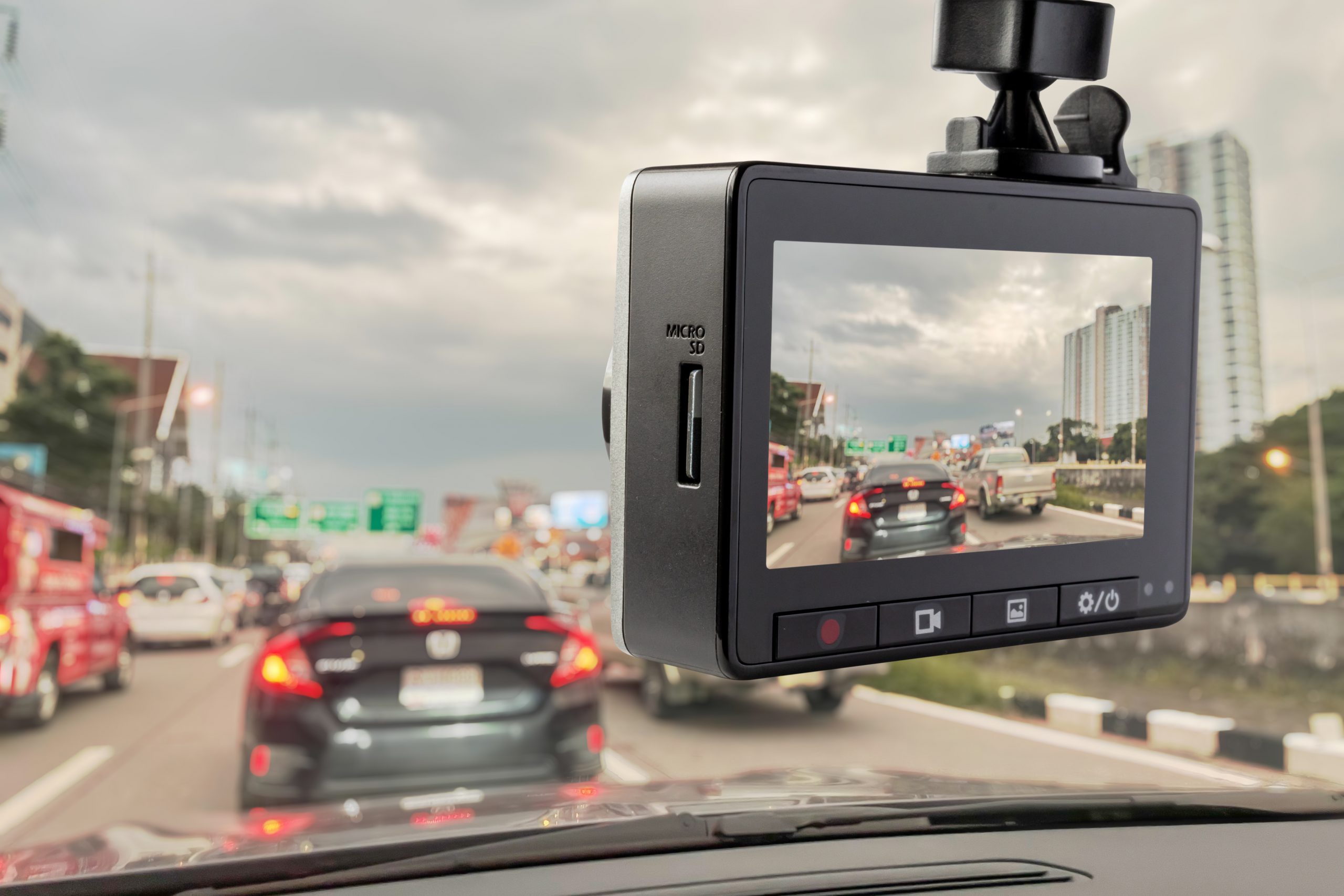April 30, 2024
In the landscape of commercial transportation, safety and accountability are paramount. This is where dash cameras come into play, offering a plethora of benefits ranging from improved driver behavior to crucial evidence in the event of accidents. Despite their clear advantages, the implementation of dash cameras can sometimes meet resistance from drivers concerned about privacy and constant monitoring. Understanding the importance of dash cameras and addressing driver concerns effectively are key to a successful implementation.
The Benefits of Dash Cameras in Commercial Vehicles
1 – Enhanced Safety: One of the primary benefits of dash cameras is their role in enhancing road safety. Cameras encourage drivers to maintain responsible driving habits, knowing that their actions are recorded. This can lead to a significant reduction in incidents related to reckless or negligent driving.
2 – Liability Protection: In the unfortunate event of an accident, dash camera footage can be invaluable. It provides factual evidence that can protect drivers and companies from wrongful liability claims. This footage not only helps in dealing with insurance claims but also ensures a fair evaluation of events.
3 – Training and Development: Reviewing footage from dash cameras can serve as an excellent training tool. By highlighting good driving practices and identifying areas for improvement, companies can use real-life scenarios to coach drivers, leading to better performance and enhanced safety protocols.

4 – Cost Savings: Through preventing accidents and protecting against fraud, dash cameras can lead to significant cost savings. Lower insurance premiums, reduced costs related to accidents, and improved fuel efficiency through better driving habits all contribute to a healthier bottom line.
Addressing Driver Concerns About Dash Cameras
While the benefits are clear, the introduction of dash cameras can sometimes be met with resistance from drivers. The key concerns usually revolve around privacy issues and the feeling of being constantly monitored. Here are some strategies to help address these concerns and foster acceptance among drivers:
1 – Clear Communication: Begin with transparent communication about the reasons behind implementing dash cameras. Explain the benefits not just for the company, but for drivers as well—such as protection against false claims and enhanced safety. Ensuring that drivers understand the intent is to support and protect them can shift perceptions positively.
2 – Privacy Assurance: It’s important to clearly define what will and won’t be recorded, and how the footage will be used. Assure drivers that the cameras are only activated while the vehicle is in operation, and that the footage is strictly used for safety and training purposes, not for invasive monitoring.
3 – Policy Development: Develop a clear policy regarding dash camera usage that includes guidelines on how data is collected, stored, accessed, and used. Involve drivers in the policy development process to give them a sense of ownership and control over the implementation.
4 – Feedback and Incentives: Implement a system where drivers can receive feedback based on the footage, coupled with incentives for safe driving practices. This not only promotes a positive reinforcement approach but also actively involves drivers in their personal and professional development.
5 – Pilot Programs: Before a full rollout, consider conducting a pilot program with a voluntary group of drivers. This allows you to gather real feedback and make adjustments to the implementation plan based on actual experience.
Implementation Best Practices
When implementing dash cameras, it’s crucial to choose the right technology that fits your specific needs. Look for cameras that offer both front-facing and driver-facing footage, with good quality video even in low light conditions. Ensure that the system is reliable and the data easy to access and interpret.
Regular training sessions, updates, and open forums for drivers to express their concerns and suggestions can also be beneficial. This ongoing dialogue can help maintain trust and ensure that the technology is used effectively to achieve its intended goals.
While the implementation of dash cameras in commercial vehicles may initially meet some resistance, focusing on the safety, accountability, and transparent communication can facilitate a smoother transition. By addressing driver concerns and emphasizing the mutual benefits, companies can ensure that this technology serves as a cornerstone of their safety and operational strategies.

